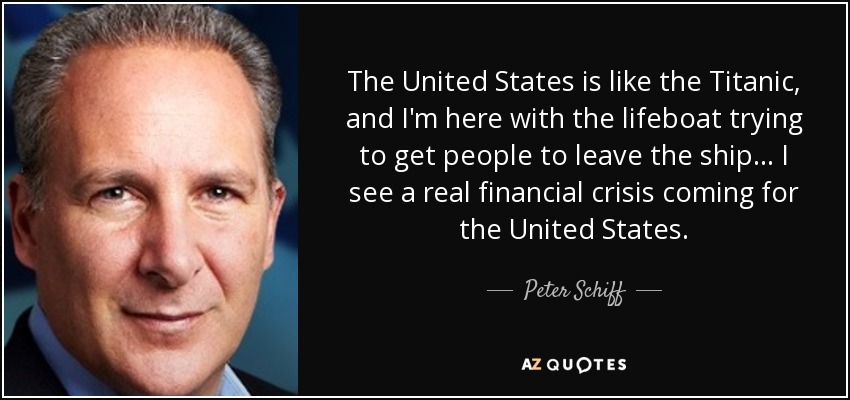For many people who don't want to make the time, have the inclination or aptitude - super sound advice above.
I am never fully in the market and certainly never fully out. I use various macro indicators that allow me a certain level of confidence in deciding to what degree I should be in or out of the market. One might call that timing I suppose....
I really like looking at volume, in relation to price, for the whole market. Tells the conviction of moves... PVT, which is volume x price delta %, attempts to do so. I look at the PVT on the NYSE and NASDAQ. Something else called the Force Index, which is volume x price delta, again for the Naz and NYSE. I also monitor volume in the options market, like on the SPY (S&P 500) and QQQ (Naz). i was taught at a young age to always keep my eye on volume, and I continue to do so...
Other cool macro tools look at market breadth, like the McClellan Oscillator (NYSE and NASDAQ), which is basically the advance / decline line. Market can be up due to a small number of large issues, while many more had a down day. Similarly, charting the number of new highs vs new lows attempts the same... The number or percent of stocks above various moving averages, such as 20, 50 100 and 200. The trending of such as revealed on charts can be quite telling...
The put / call ratio for the SPY and QQQ in interesting to monitor for me. I also look at charts showing the spread ratio of various ETF pairs. The aforementioned VIX, volatility index. As seen in that chart above, it doesn't live in the 10 to 11 range all that long before shooting back up (stocks prices fall). I've always done well lightening my positions in this range, even playing the downside as I just did with those puts.
When I open one of my trading platforms, like 20 tabs open with all of the above and others I forget or didn't mention. It's a weekly check that I do, typically over the weekend, Sunday night usually. If just two or three indicate a change in direction might be coming, I take notice, and monitor things more carefully. If four, five or six are indicating the same, I really start to consider if I want to change any of my positions, become more or less net long. If more indicators "flash", then a response becomes more compelling for me. No guarantees of course, but having looked back historically at charts, back-testing even, there is reason to put some credence in these measures.
Some friends who don't want to monitor so much, I have them looking at this for the SPY, the QQQ, and even the Russell 2k - basically the entire market. And, to watch the VIX.
[ATTACH=CONFIG]6054[/ATTACH]
The bands surrounding price are Keltner Channels. I've grown to prefer them over Bollinger Bands, most of the time. Gives one a decent idea as to the expected swings or range over time, and can assist with entry and exit. Volume, with an average line, and RSI are below. Between RSI reflecting very overbought a week or so back, with some minimal downward movement since, then the VIX dropping into the low 11s, rare territory, seems like a good time to get some downward protection in a lengthy bull run, holidays and New Year upon us...
The real fun is taking such ideas and backtesting them in a program. One can ask: From Jan 2013 to current, show me when (and at what price) I would have purchased stock/ETF123 when this specific criteria was met. Some will be great buys, others less so. Studying the later often reveals that the introduction of something else can somewhat limit those undesirable entries. Then backtest again to see... It's an iterative process and educational, IMO.
My wife caught me babbling about backtesting, earlier about rocket stoves, so time to call it quits. A slow day at work I guess...




